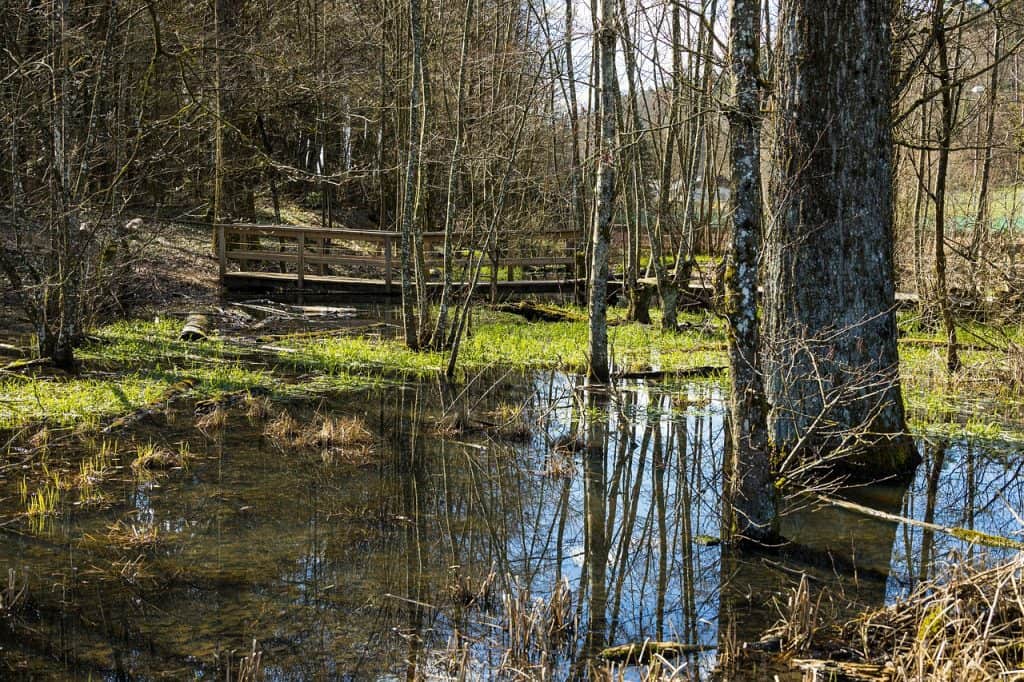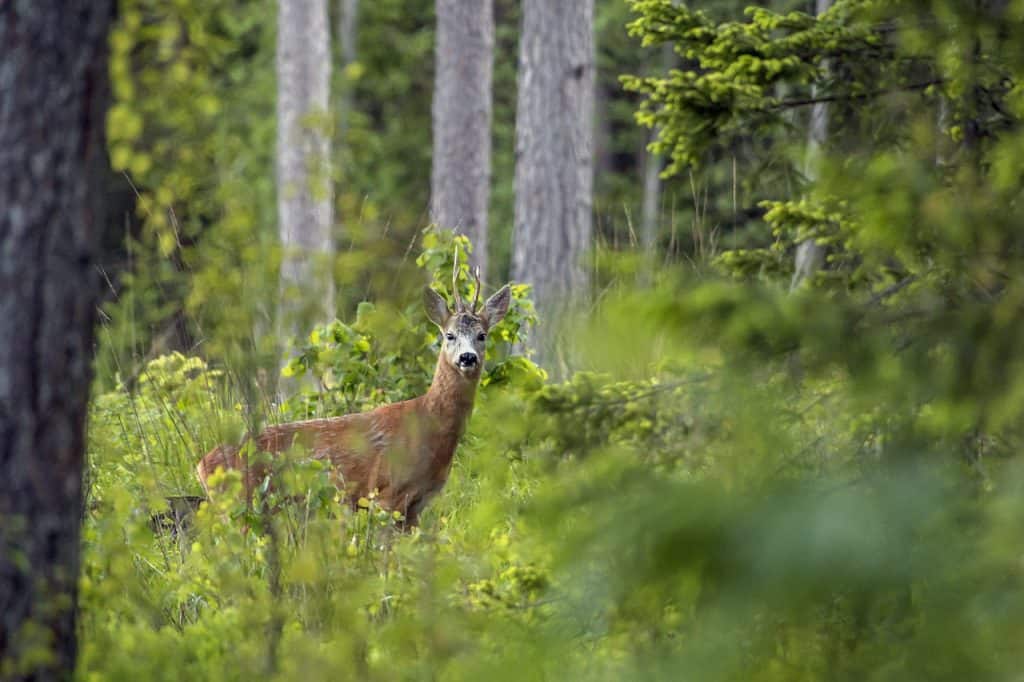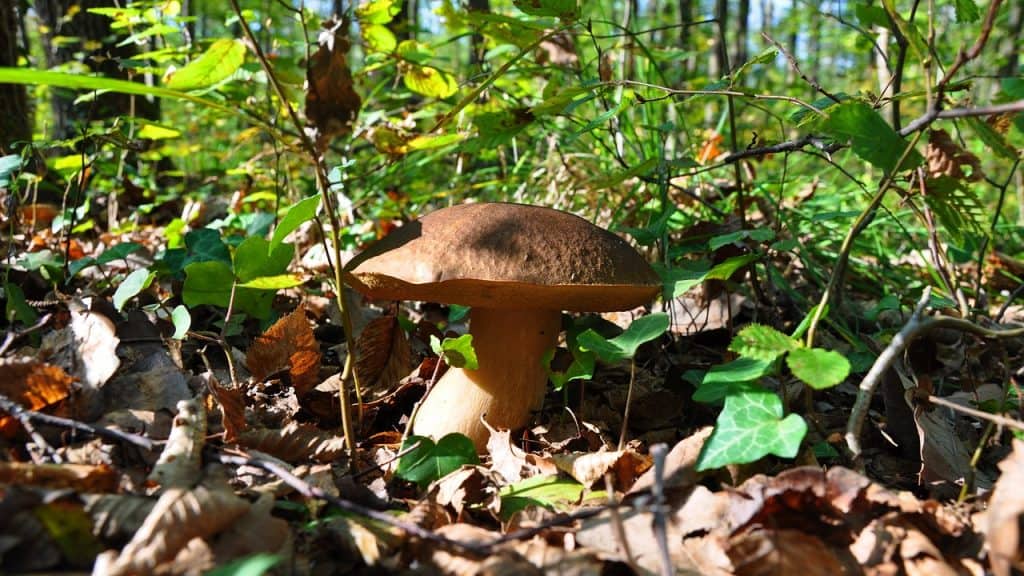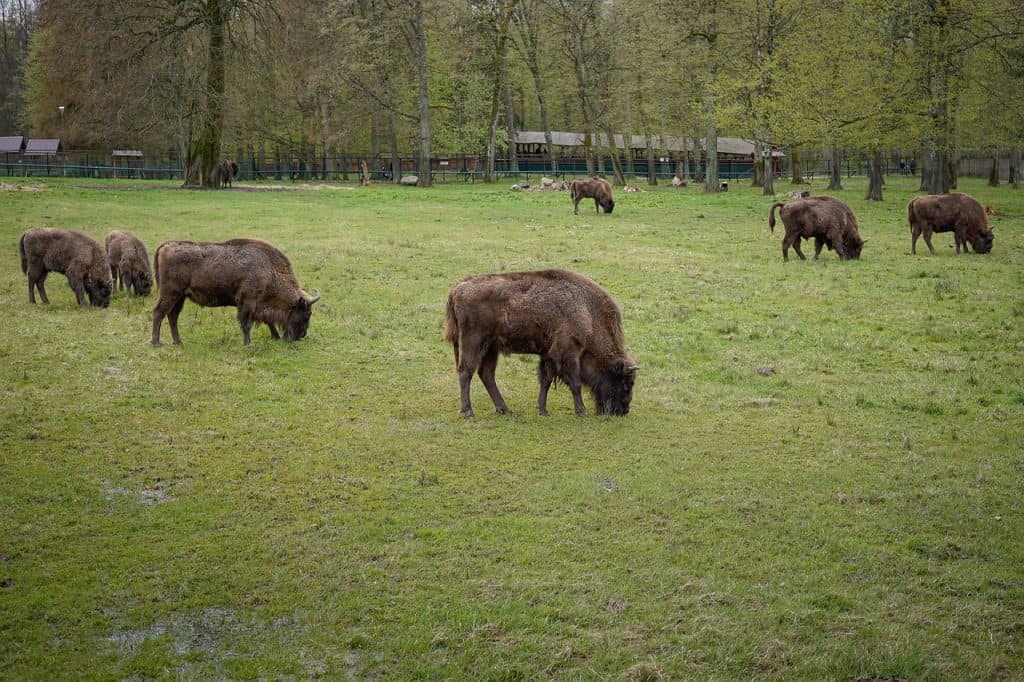The Chojnów Landscape Park is one of the two landscape parks near Warsaw. It was established on June 7, 1993 in the area of 5 municipalities: Piaseczno, Konstancin-Jeziorna, Góra Kalwaria, Prażmów and Tarczyn in order to protect the valuable complex of Chojnowskie Forests, the Jeziorka river valley and the Vistula river valley with a picturesque escarpment and reserves.
Together with the Masovian Landscape Park and the Kampinos National Park, it plays an important climate-creating role for Warsaw. These valuable, biologically active areas are a counterbalance to the urbanized Warsaw agglomeration.

Located on the left bank of the Vistula, the Chojnów Landscape Park covers flat areas, rarely varied with small hills of dune origin. Valuable elements of the landscape of this area are the Jeziorka river valley with its tributaries: the Zielona and Tarczynka rivers. Unfortunately, some of the marsh lakes that enriched forest ecosystems and the landscape are slowly disappearing.
Most of the Park’s area is covered by forests. Most of them are mixed forests with a predominance of pine and oak, birch and linden. On more fertile soils there are hornbeam forests, with a predominance of pedunculate oak, with an admixture of hornbeam and pine, sometimes linden and aspen. These groups often include forest fruit trees such as: Płonka apple tree, field pear tree and bird cherry. Fragments of riparian forests can be found in the river valleys. The species composition of forests also includes single beeches, probably introduced artificially.
In the river valleys there are alders, ash trees, pedunculate and field elms. Pine dominates among the conifers, supplemented by Norway spruce and European larch. A botanical curiosity in the Park is the site of the Pomeranian honeysuckle Lonicera periclymenum (protected in the reserve “Biele Chojnowskie”).
A valuable element of the landscape is the Jeziorka river valley. The meadows and pastures located there, still used for agriculture, are a convenient place for animals associated with wetlands. On the lakeside you can meet kingfishers and otters, and its waters are home to about 20 species of fish, including brown trout and burbot.
About 100 species of birds nest in the Park, and the pond complex in Żabieniec deserves special attention. You can observe here, among others: merganser, grebes and red-necked grebes, grebes, teals, mustaches, firehouses, and even black storks. Near the pond there is a recreation complex called “Zimne Doły”, available to tourists all year round. There are places for bonfires, roofed shelters, a playground for children and a forest car park. Nearby, there is an educational forest path marked with information boards.
Since 2011, the Chojnowski Landscape Park has been coordinating the action of active protection of amphibians, consisting in their transfer through a busy part of the road in the vicinity of Głosków and Zalesie Górne. Students from schools in Głosków, Zalesie Górne and local residents set up fences to prevent amphibians from entering the road, and then carry them to the other side of the road. In the past, amphibians wandering to mating season were often lost under the wheels of cars. Thanks to the help of local communities, including students of local schools, several thousand amphibians are transported through the roads every year. Among them are, among others: common frogs, tree frogs, fire-bellied toads and gray toads.

The Jeziorka River flows out of Wysoczyzna Rawska (188 meters above sea level) in the village of Osuchów, located near the border of the Mazowieckie and Łódzkie provinces. The river flows north-east as far as the Vistula, into which it flows near the village of Obórki in the Konstancin-Jeziorna commune (at an altitude of 83.5 m above sea level).
The lakes (also called Piaseczna and Wilanówka in its lower reaches) are the left tributary of the Vistula and are 66.3 km long, and its basin covers an area of 975 km2. The eastern shore of Jeziorka is overgrown with the Chojnowskie Forest complex with the Chojnowski Landscape Park established here in 1993.
The lakes cross their course and form ponds: between the villages of Wygnanka and Wilczoruda, in Osieczek, in Kocerany, Głuchów, Lesznowola and in Żabieniec.
In the village of Nowe Racibory, the small river Kraska flows into Jeziorka, and in Łoś, Tarczynka. At the Ponds in Żabieniec, Jeziorka is fed by the canalised Zielona (Black) river. In the area of the Spa Park in Konstancin-Jeziorna, the Mała stream flows into the stream. At the height of the Park on Jeziorka there is a weir, once built to dam up the water for the needs of the paper factory. From the 1950s on, the Jeziorka weir has been regulated and flows along a straight riverbed all the way to its outlet into the Vistula River. Before the regulatory work, it is now the last tributary of Jeziorka – the Wilanówka stream – flowing into the Vistula, spreading widely over the Vistula fields, and Jeziorka fed Wilanówka with its waters. One of the reasons for the commencement of drainage works on Jeziorka and Wilanówka was the great flood in 1947.

In the Chojnów Landscape Park, 105 species of fungi have been found, including 12 species of saccharides and 93 basidiomycetes.
Two species: the morel Morchella esculenta and the oak tongue Fistulina hepatica are under partial species protection. Six species from the Park’s mycoflora are on the national red list of fungi.
Thanks to its natural and landscape values, Chojnowski Park is eagerly visited by tourists. With them in mind, there are seven marked hiking trails and a network of educational paths – both for walking and cycling.
The article comes from the website of the Chojnów Landscape Park


